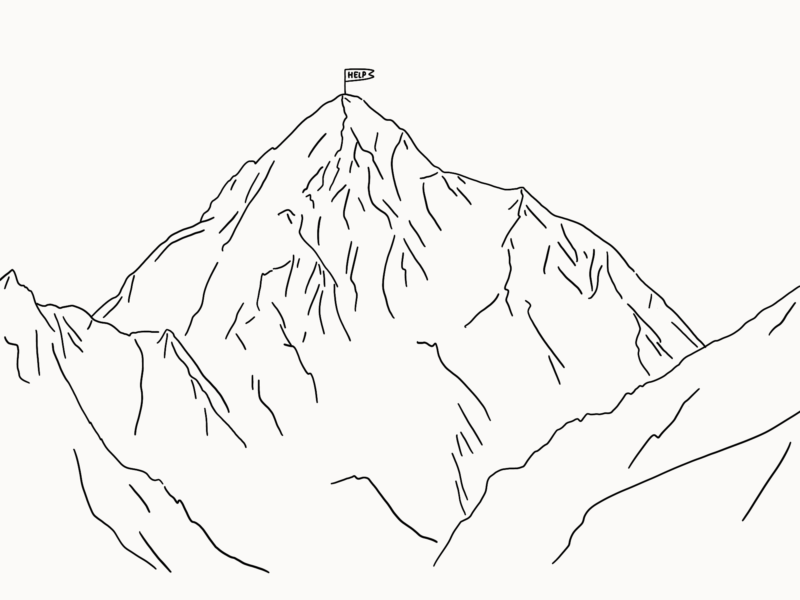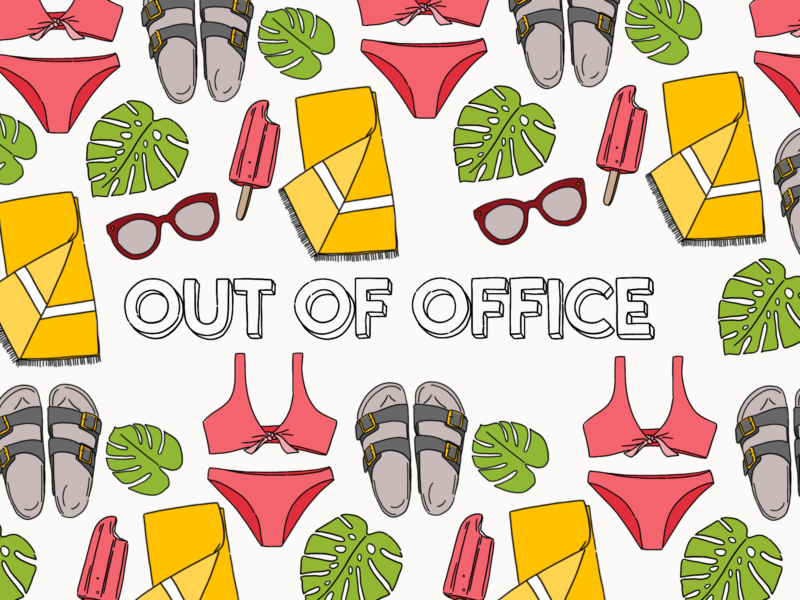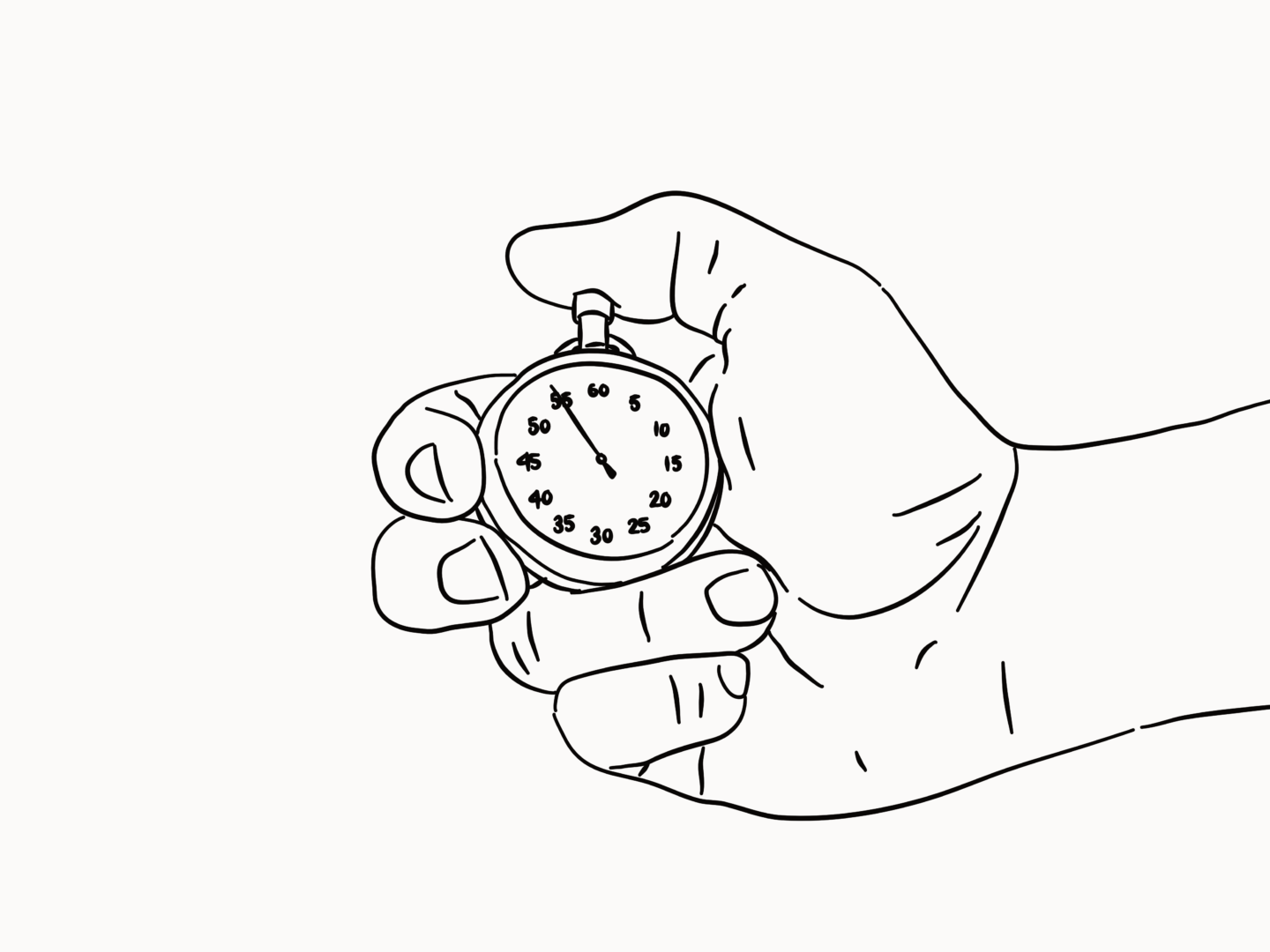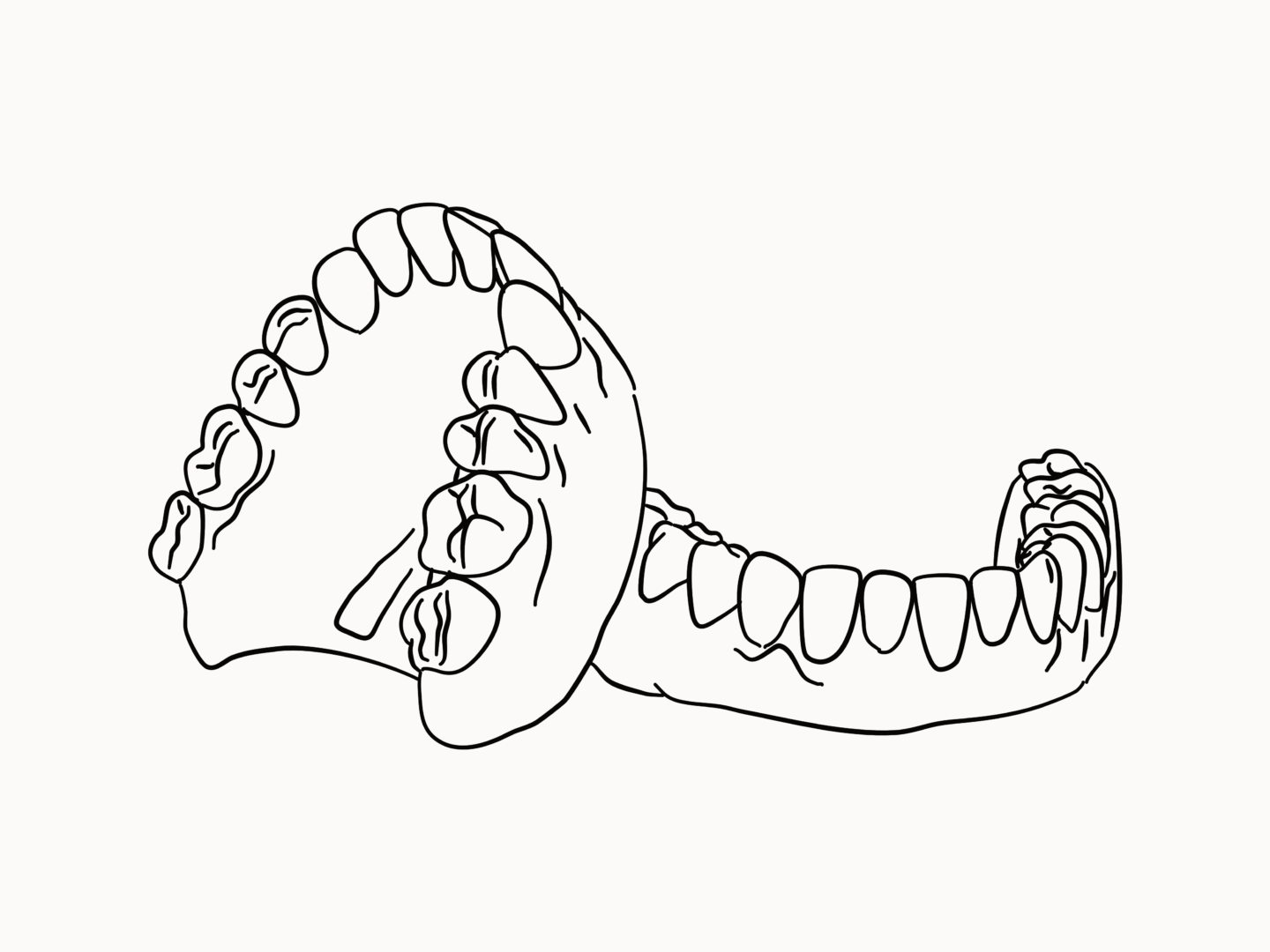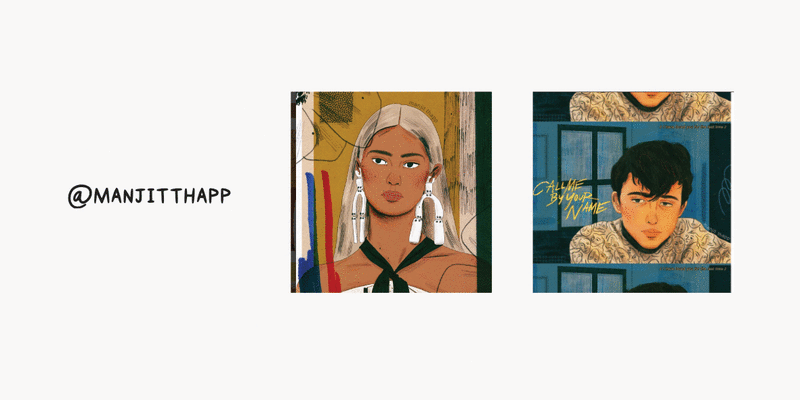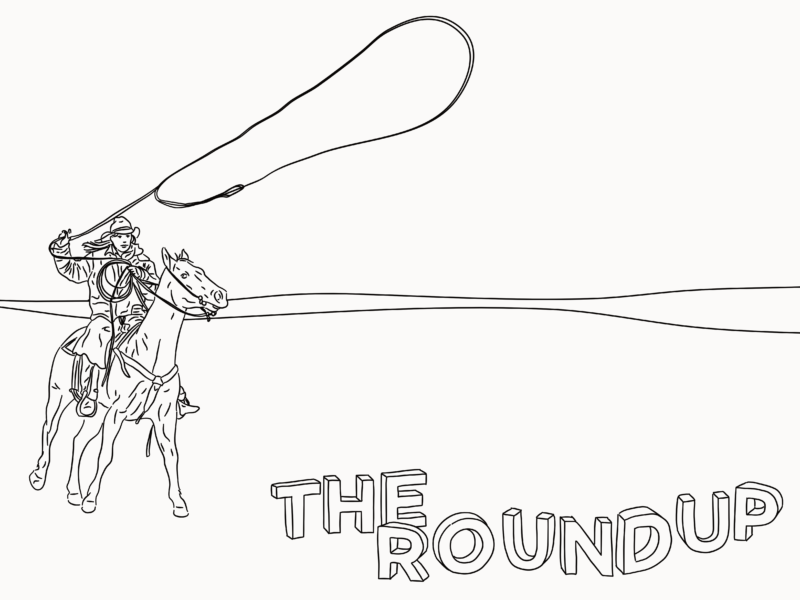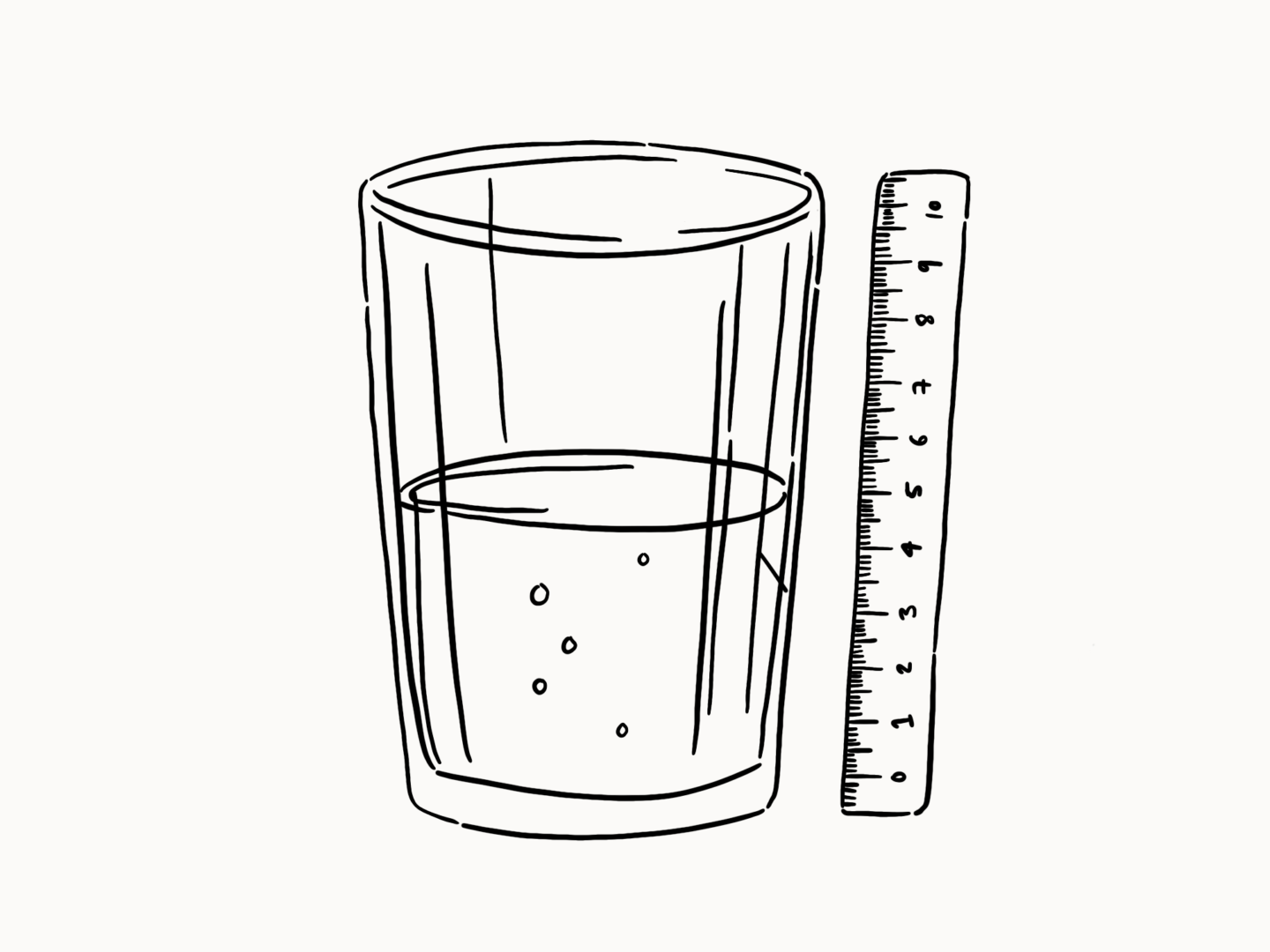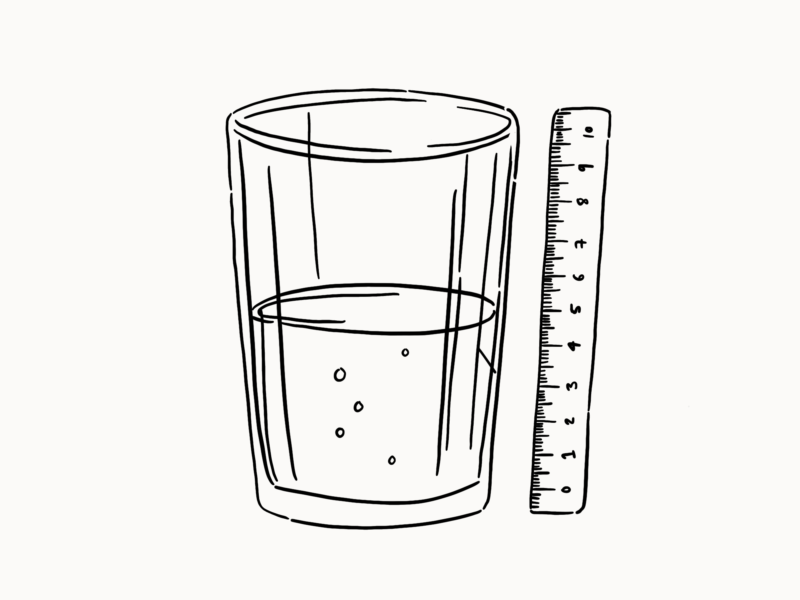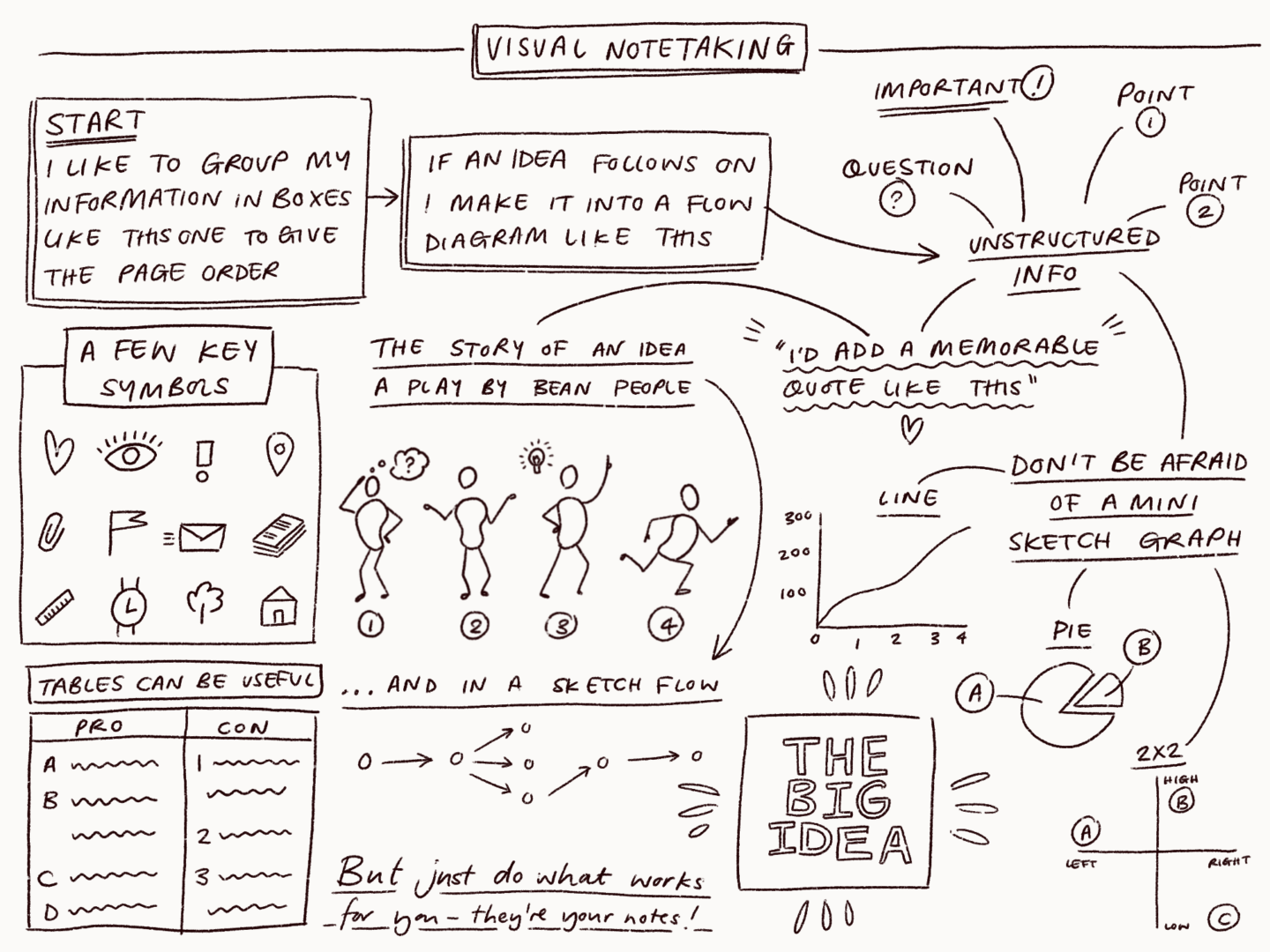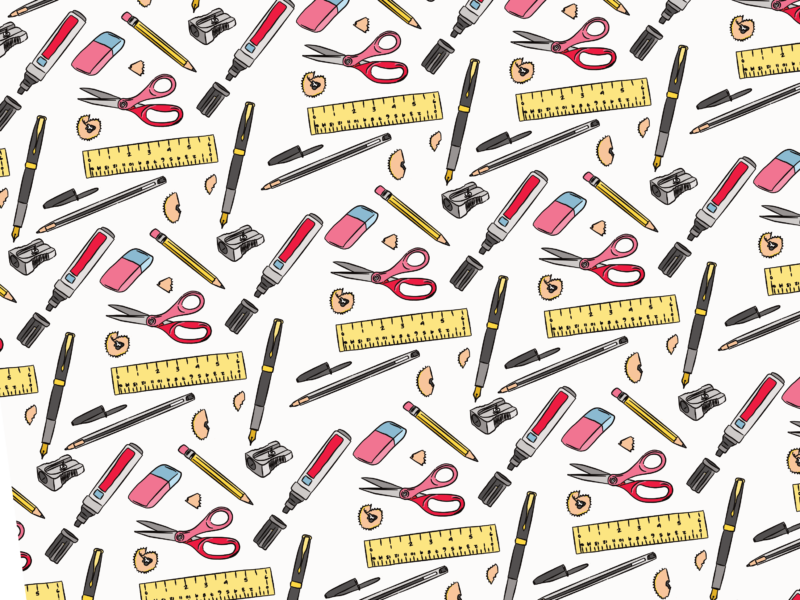I think we’ve all suffered from the panic of feeling like you have too many balls in the air, like everything you have to do is a tidal wave on the edge of crashing over you, like you’re waiting for the Damocles sword of overwhelm. That’s exactly where I was right before my holiday, about to explode with anxiety.
Right now, I’m in a better place (we’ll see how long that lasts). So whilst I have the power of a clear mind I thought I’d share some top tips for dealing with feeling overwhelmed by work and life when you don’t have the opportunity to jet off for a week, because even though I would love for that to be the solution, it’s so rarely on the cards.
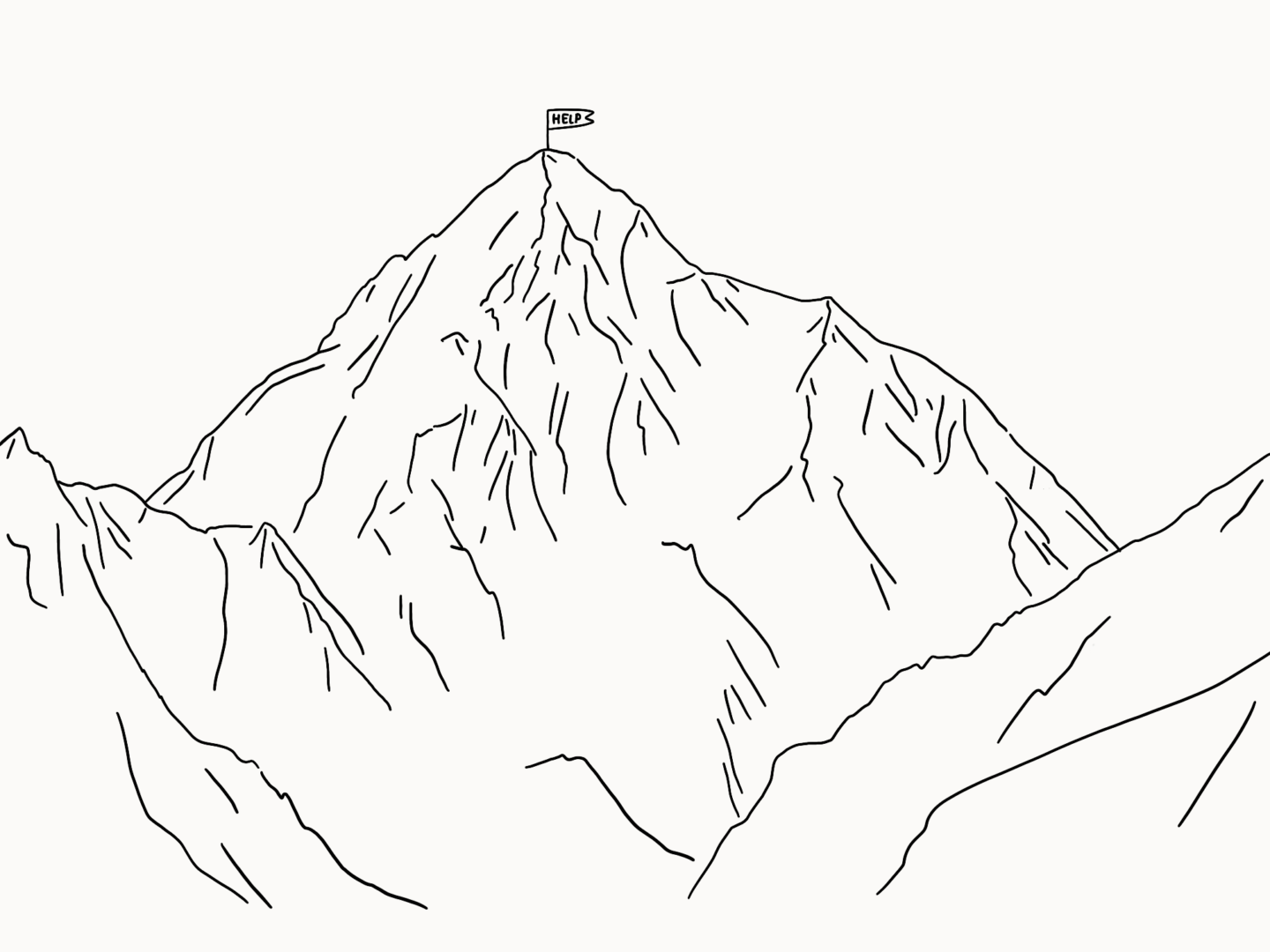
- Step away – the first thing to do when everything feels like it’s too much is to take a five-minute breather. Go for a walk. Make a cup of tea. Just breathe. You need to give yourself space to think and to deal with the mountain ahead of you. Just sitting, looking at it (whatever it may be), and freaking out never solved anything. No matter how busy you are, you have five minutes to get some fresh air. I promise.
- Write everything down – sometimes when you’re feeling overwhelmed trying to hold everything in your tiny human mind at once just makes it harder. So write everything down. Write down everything you have to do. Write down everything you’re feeling. Write down everything you’re worrying about. Just get it down on the page and out of your head to give you the mental desk space to work out a plan.
- Stop trying to multitask – I know we’re told that multitasking is the most productive thing to do – kill two birds with one (time) stone, right? Well, when you’re feeling overwhelmed trying to do all of the things at once, can mean that you end up finishing none of the things and feeling even more stressed out. Do one thing at once, then cross it off your list. As you start to reduce the number of balls you’re mentally juggling you’ll start to calm back down.
- Chop it up – if a task just feels insurmountable, chop it up, turn it into the smallest chunks of work you can then deal with those one by one. Pro tip, if you’re chunking your work into time boxes, say 10-minute tasks, build in some buffer time so if you overrun you still have time.
- Clear your workspace – the cliche of a tidy desk meaning a tidy mind is one that’s often true in my experience. If all else fails clear your desk and have a fresh start, for no other reason than you’ll have done something productive to get the ball rolling.
- Make yourself uninterruptable – turn off your phone, close your emails, mute all of your notifications and let yourself focus on the tasks at hand. The fewer things you have to worry about the easier it is to get your work done. All of those many important messages (and spam shopping offers that GDPR hasn’t cleared out) will still be there when you’re finished.
- Try the one day rule – pretend you only have one day to get everything done (don’t panic). Use that hard deadline to be ruthless, only do what you have to do and prioritise that tasks that have to be done first. You’ll be surprised at what you actually end up achieving, remember the last time you had a really hard deadline I bet you managed to get it done in the end right? Well, this is the same thing. This is actually what helped me about going on holiday, it meant I got everything I needed to done before I went, which I think was just about as great a feeling as eating gelato on the beach.
I hope at least some of these help in the short term. But remember you always have the power to say no, so if you’re feeling overwhelmed on the regular start to use that power more. Don’t take on more than you want to, and certainly no more than you can handle mentally.
Breathe deep.


